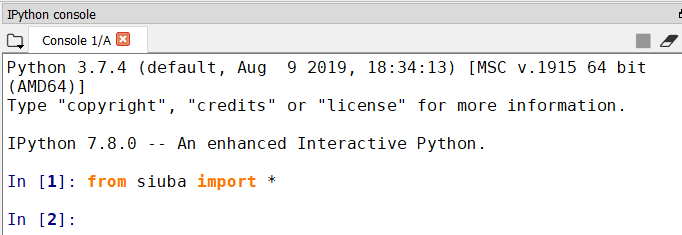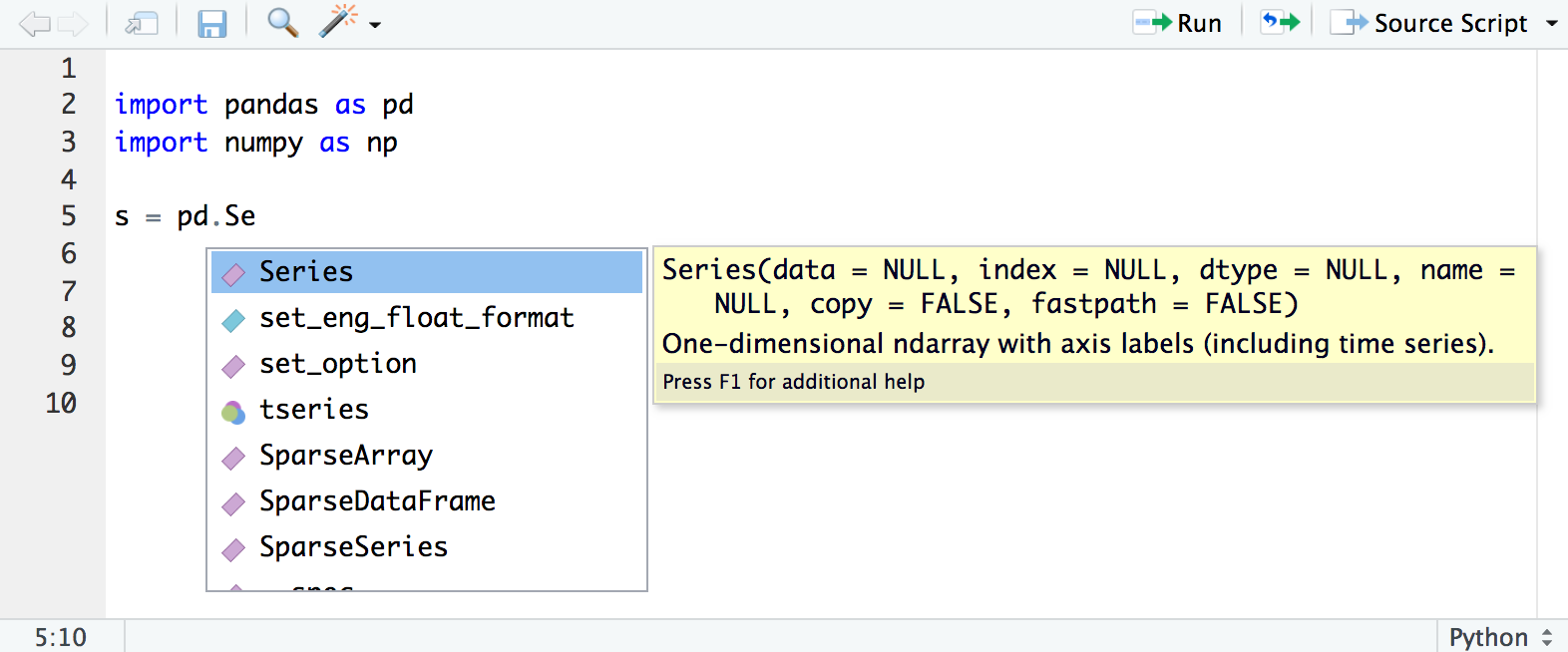

Naming scheme of the form: value1_name1, value1_name2, value2_name1, value2_name2. "fastest" varies names_from values fastest, resulting in a column

In what order should the resulting column names be combined?

Multiple unique values, and multiple values_from columns are provided, When names_from identifies a column (or columns) with Should the column names be sorted? If FALSE, the default,Ĭolumn names are ordered by first appearance. Instead of names_sep and names_prefix, you can supplyĪ glue specification that uses the names_from columns (and special Variables, this will be used to join their values together into a single If names_from or values_from contains multiple Particularly useful if names_from is a numeric vector and you want toĬreate syntactic variable names. String added to the start of every variable name. If values_from contains multiple values, the value will be added to the Output column ( names_from), and which column (or columns) to get the Implicitįactor levels that aren't represented in the data will become explicit.Īdditionally, the row values corresponding to the expanded id_cols willĪrguments describing which column (or columns) to get the name of the Should the values in the id_cols columns be expanded byĮxpand() before pivoting? This results in more rows, the output willĬontain a complete expansion of all possible values in id_cols. Will be evaluated on data after removing the columns specified through If a tidyselect expression is supplied, it variables whose values are perfectly correlatedĭefaults to all columns in data except for the columns specified through Additional arguments passed on to methods.


 0 kommentar(er)
0 kommentar(er)
